Resources - Mission Mosquito
Resources for
Educators, Learners, and Parents

Connect your mosquito monitoring efforts to GeoEMERGE, an initiative dedicated to advancing community engagement in environmental science through the utilization of authentic data tools and citizen science methodologies. GeoEMERGE empowers libraries, educators, and individuals to participate in public health and environmental investigations using scientifically validated approaches. The EMERGE Curriculum, “Environmental Science Meets Community Action,” is an open-access resource designed for diverse learners who seek to examine mosquito-borne diseases, environmental change, and public health using real-world data. This textbook integrates scientific inquiry with community-based research, fostering evidence-informed understanding and promoting meaningful civic participation in environmental science.
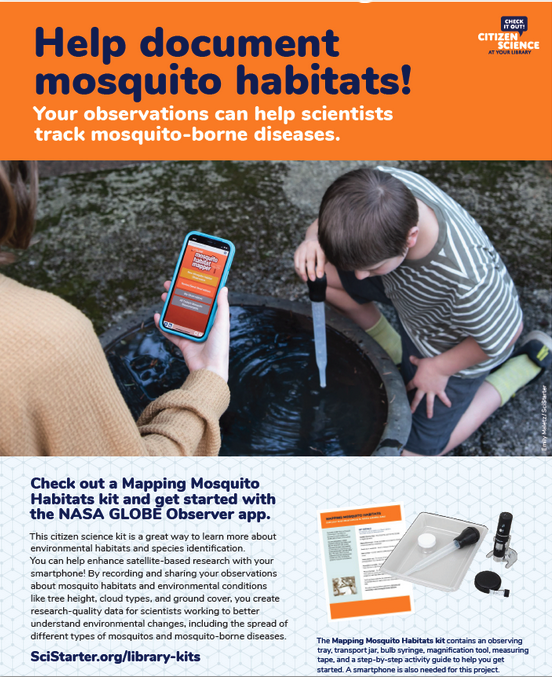
SciStarter Mapping Mosquito Kits for Libraries
With this kit and the GLOBE Observer app, you can help spot and report potential mosquito breeding habitats (standing water or somewhere water could collect) and the presence of dangerous mosquito larvae. Optionally, you can sample and count the larvae and try to identify the mosquito type.
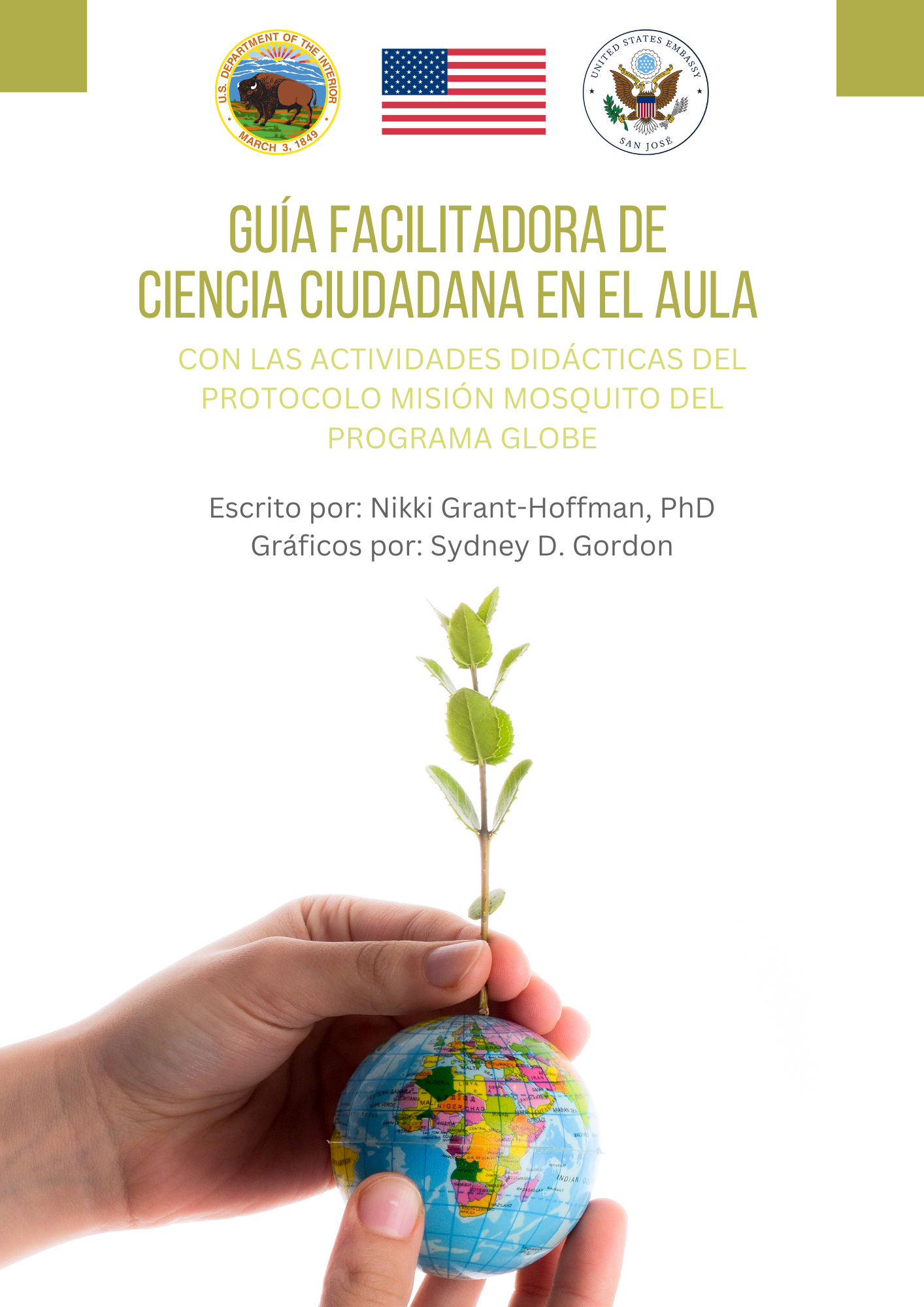
Guía Facilitadora de Ciencia Ciudadana en el Aula
CON LAS ACTIVIDADES DIDÁCTICAS DELPROTOCOLO MISIÓN MOSQUITO DELPROGRAMA GLOBE
Hay otros materiales que se pueden usar, esta guía puede servir como una introducción para facilitar el uso de las herramientas didácticas que el Programa de GLOBE en el contexto del aula y la enseñanza de las ciencias en primaria y secundaria.
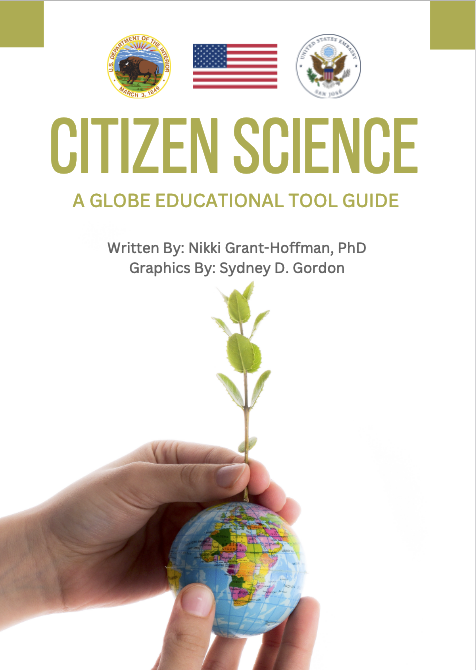
Citizen Science
A GLOBE Educational Tool Guide
This guide can serve as an introduction to facilitate the use of the teaching tools of the GLOBE Program.
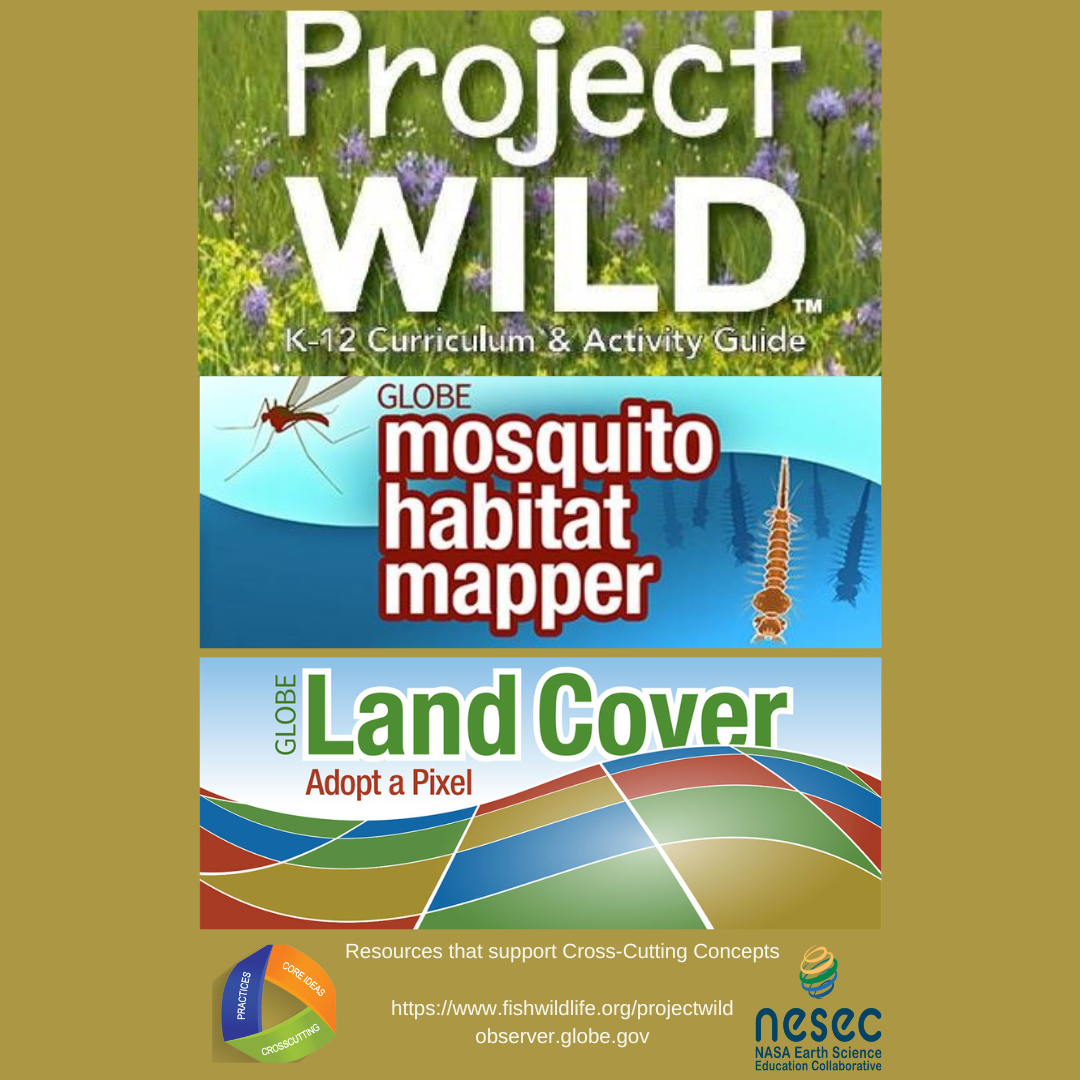
Insect Inspection
This unit expands on the explorations in “Insect Inspection” through a field investigation of mosquitoes.
Mosquitoes are an engaging and relevant context for exploring fundamental biological concepts, ecological principles, and societal issues while promoting critical thinking, scientific inquiry, and awareness of global health challenges. In part A of this investigation, students will conduct a field investigation to identify potential mosquito habitats in and around their school. In part B, students will build mosquito larvae traps and examine and photograph larvae. Optionally, the mobile app GLOBE Observer Mosquito Habitat Mapper can be used to upload data for future work in a research project.
Access and download the activity.

Time Lapse Activity
In this research exploration, students will use the GLOBE Observer Land Cover tool to document current land cover conditions.
In this field exploration, you will use past and present land cover observations to identify changes in the landscape that have taken place over the past 40 years and guide learners in developing hypotheses about the causes of the change observed and potential impacts on wildlife and human society.
Access and download the activity.

Infection Detection
Four patients have just entered the emergency department at *Culicidae General Hospital.
Each patient exhibits different medical symptoms and has an interesting story to tell. A team of doctors trained in identifying mosquito-borne diseases springs into action. In addition to gathering and analyzing medical data, they must also uncover and factor in the relevant components of each patient’s story. Their diagnosis is critical; mosquito-borne diseases are a leading cause of death around the world. Time is of the essence!
Access and download the activity.
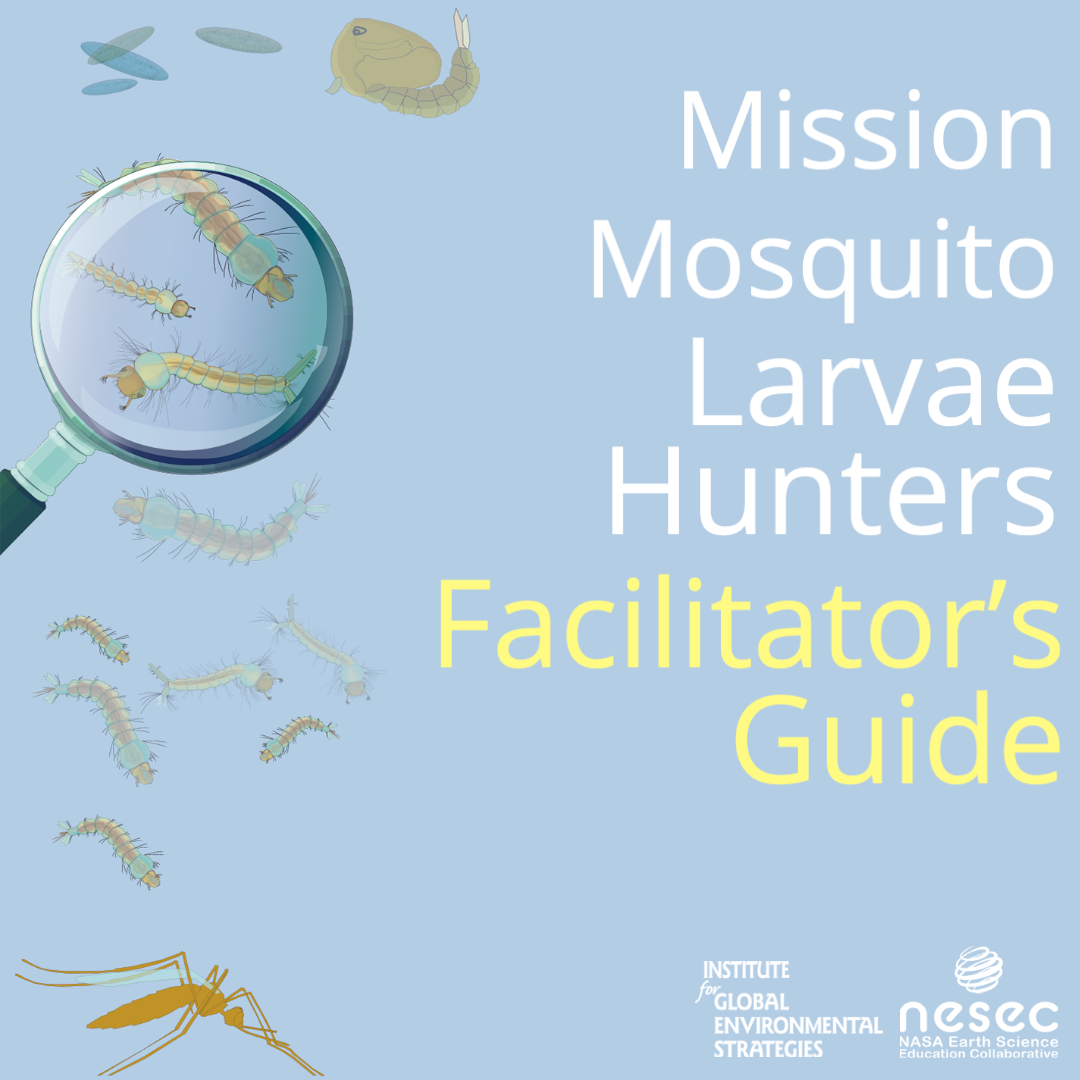
Mission Mosquito Larvae Hunters Facilitator's Guide
Designed to support the facilitator of the Larvae Hunters Guide, it offers answers, suggestions, explanations, definitions, strategies, standards, resources, skills, insights, tools, and references. Specific educational components of each of the 28 activities are presented in a table format, including the participatory activities (what learners do), the educational purposes of those activities (why they do it), and how to support learning (what you as a facilitator can do).
The guide is formatted as a Google Doc. View and save the document.
View and save a copy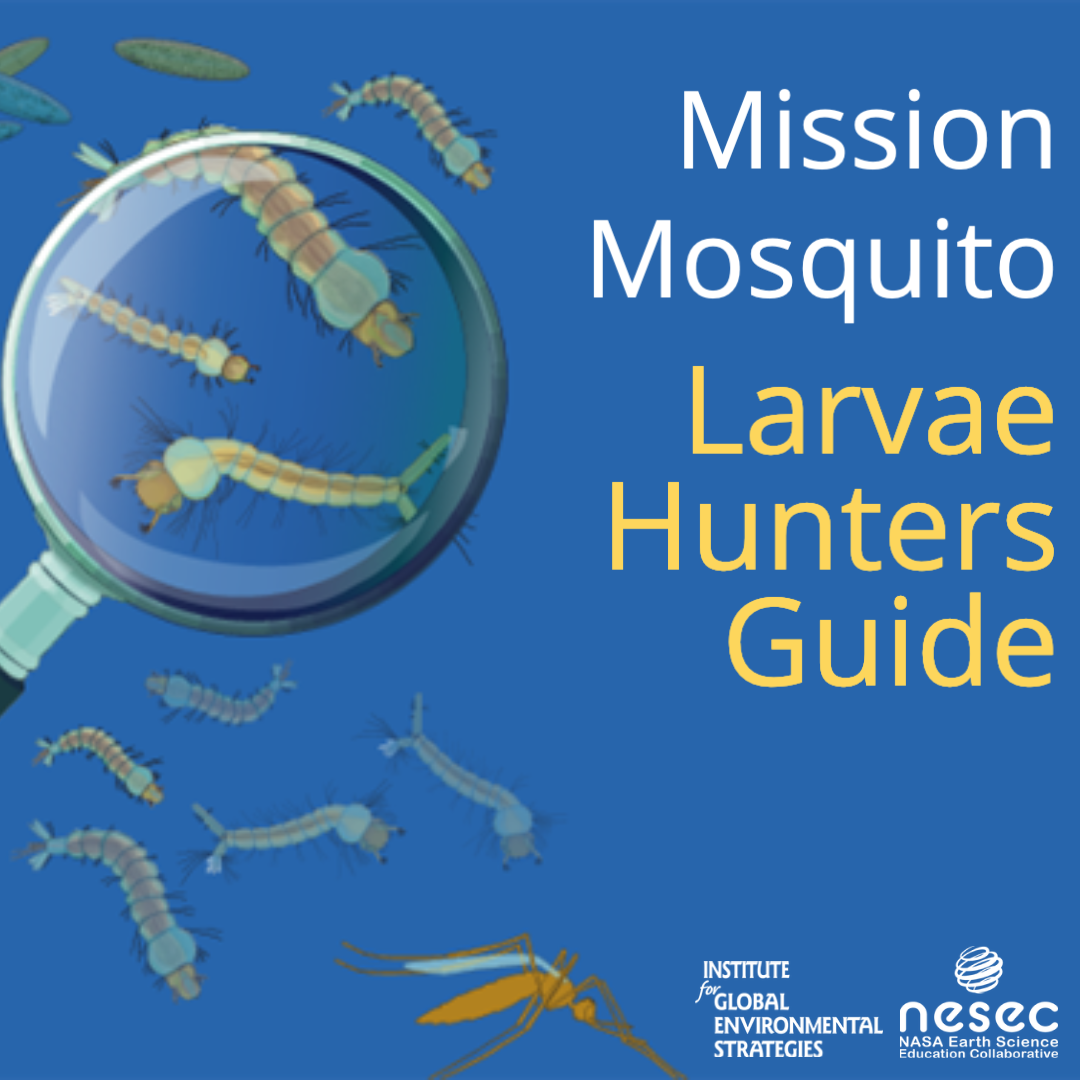
Mission Mosquito Larvae Hunters Guide
Completing the guide prepares you to participate in GLOBE Mission Mosquito. This international field campaign is connecting citizen scientists of all ages to monitor changes in the frequency, range, and distribution of potential disease vector mosquitoes by reporting observations using the GLOBE Observer Mosquito Habitat Mapper.
The guide is formatted in Google Slides. Copy and save the slides. This format allows creative customization. For example, work through the guide individually, in teams, or in small groups on separate computers. Display on an interactive whiteboard for large group collaboration. Selectively print, add, or hide pages not used.
View and save a copy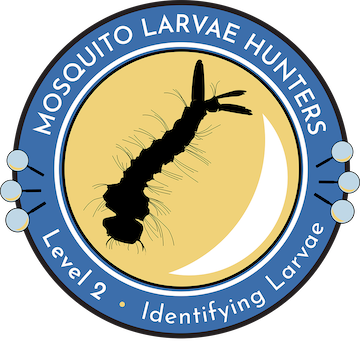
Mosquito Larvae Hunters Level 2
Download your badge and print your Mosquito Larvae Hunter certificate when you complete this training.
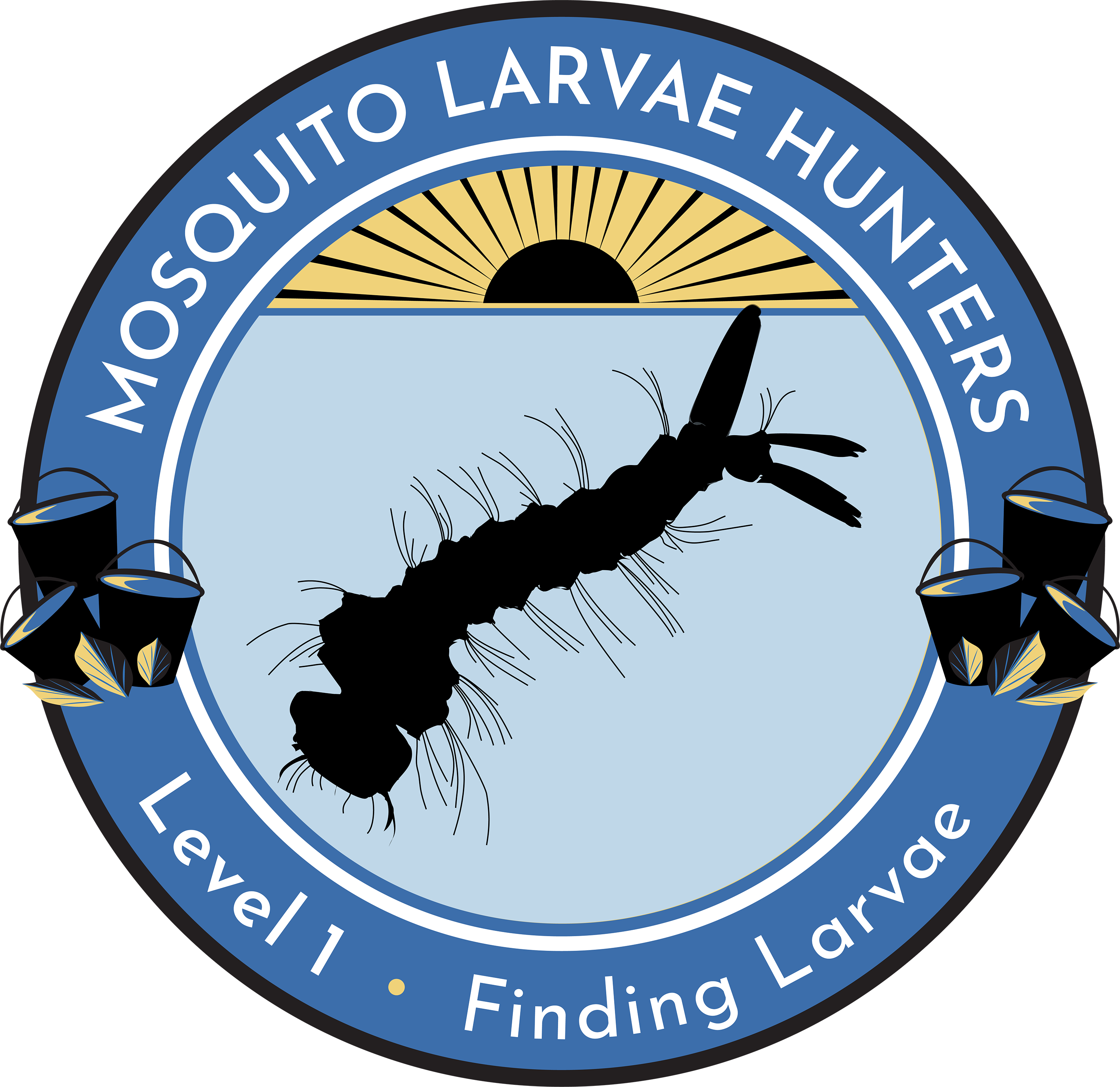
Mosquito Larvae Hunters Level 1
When you complete this training, download your badge.
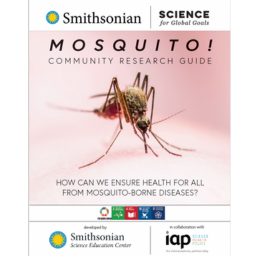
Smithsonian MOSQUITO! Community Research Guide
Mosquito! is a freely available community research guide developed by the Smithsonian Science Education Center (SSEC) in partnership with the InterAcademy Partnership as part of the Smithsonian Science for Global Goals project. These Smithsonian Science for Global Goals community research guides use the United Nations Sustainable Development Goals (SDGs) as a framework to focus on sustainable actions that students define and implement.
Mosquito! is a module divided into seven parts. Each part contains a series of tasks to complete, each with additional resources to support it. We have provided a suggested order for the parts and tasks. However, the structure of the guide hopefully allows you to customize your learning experience by selecting which parts, tasks, and resources you would like to utilize and in what order you would like to complete them.
Download here: https://ssec.si.edu/mosquito.

Mosquito Identification Key
Use this Identification key as you work through identifying mosquitoes based upon these key features.
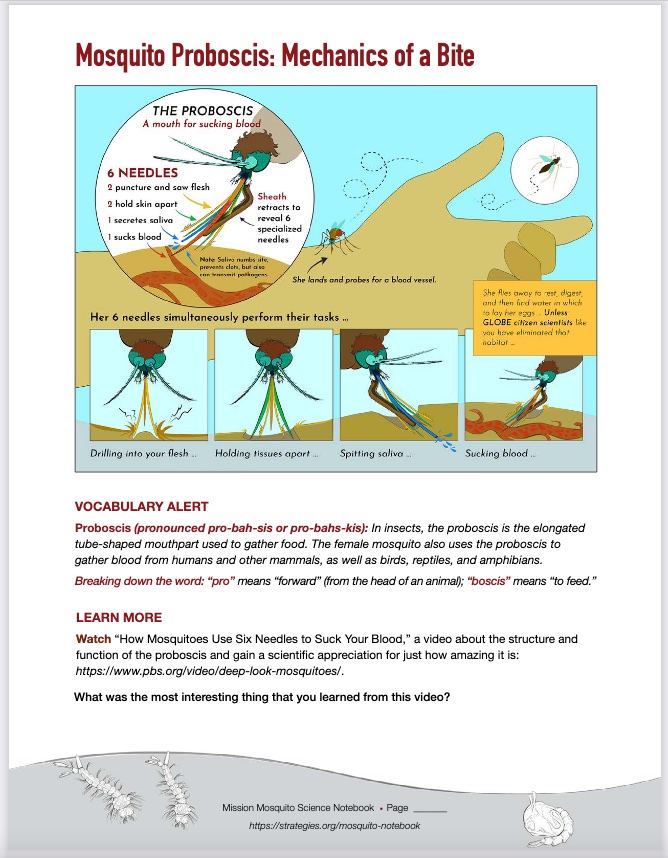
Mission Mosquito- Mechanics of a Bite
How does a mosquito manage the 6 needles of the proboscis?
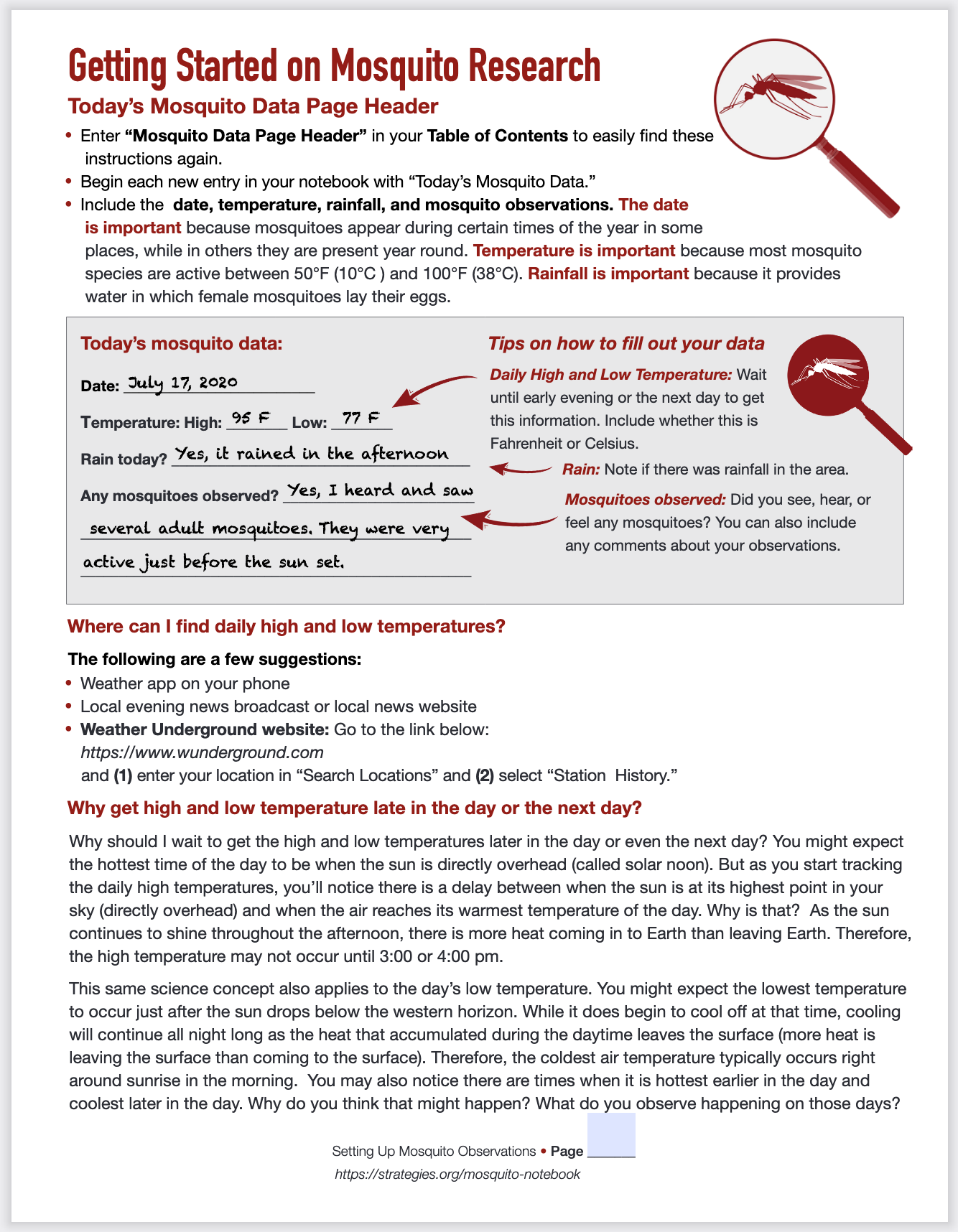
Mission Mosquito- Mosquito Research
Setting up your notebook - a handy guide for Today's Mosquito Data information

Conducting a Mosquito Habitat Survey
Mosquitoes lay their eggs in or around water. Anything that collects water could become a mosquito habitat - a place in which eggs, larvae, and pupae can live and grow.
Learn how to report mosquito habitats using GLOBE Observer!

Mosquito Habitats and Hideouts
This game can be played in three different ways: Bingo, Name That Habitat or Sketch That Habitat. Each adaptation serves to familiarize participants with the variety of habitats, hideouts, and life cycle stages of the container mosquito species being studied by the GLOBE Observer Mosquito Habitat Mapper app.
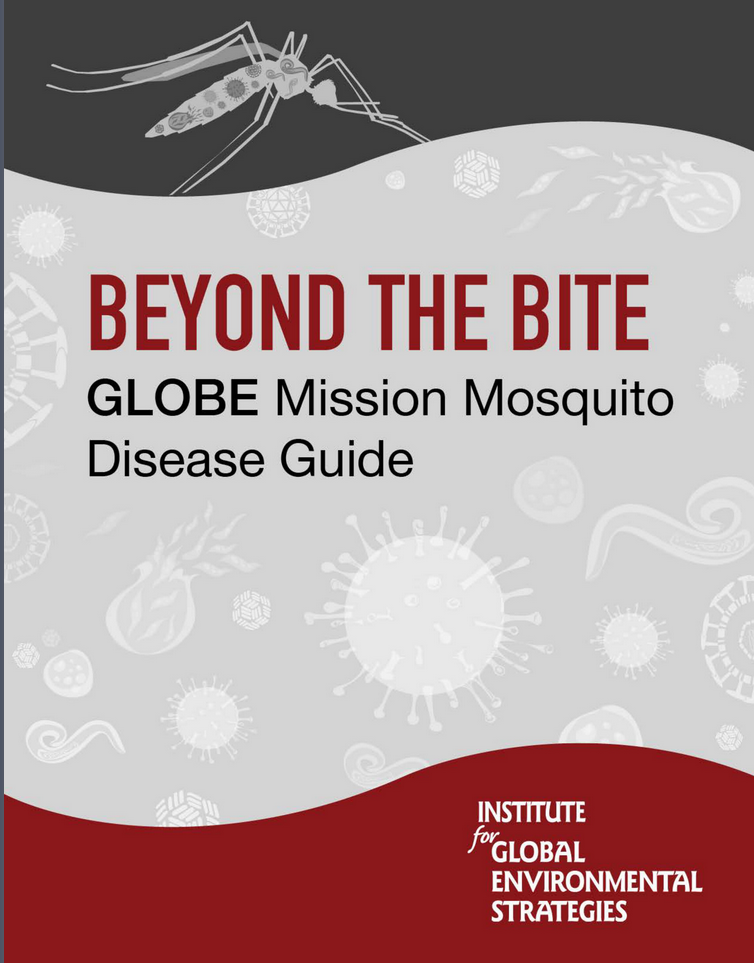
Beyond The Bite
One of the goals of the GLOBE Mission Mosquito campaign is to build awareness of some of the most common mosquito-borne diseases. This guide, “Beyond the Bite,” is designed to meet that goal.
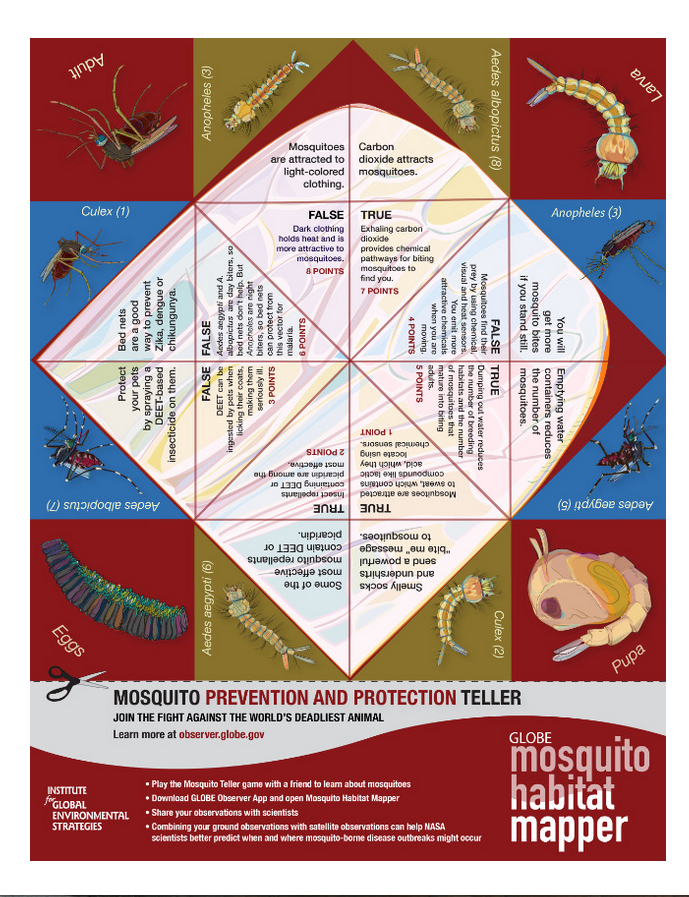
Mosquito Tellers
Taking inspiration from the popular children’s “fortune teller” game, these resources serve to familiarize participants with the scientific concepts related to the container mosquito species being studied by the GLOBE Observer Mosquito Habitat Mapper app.
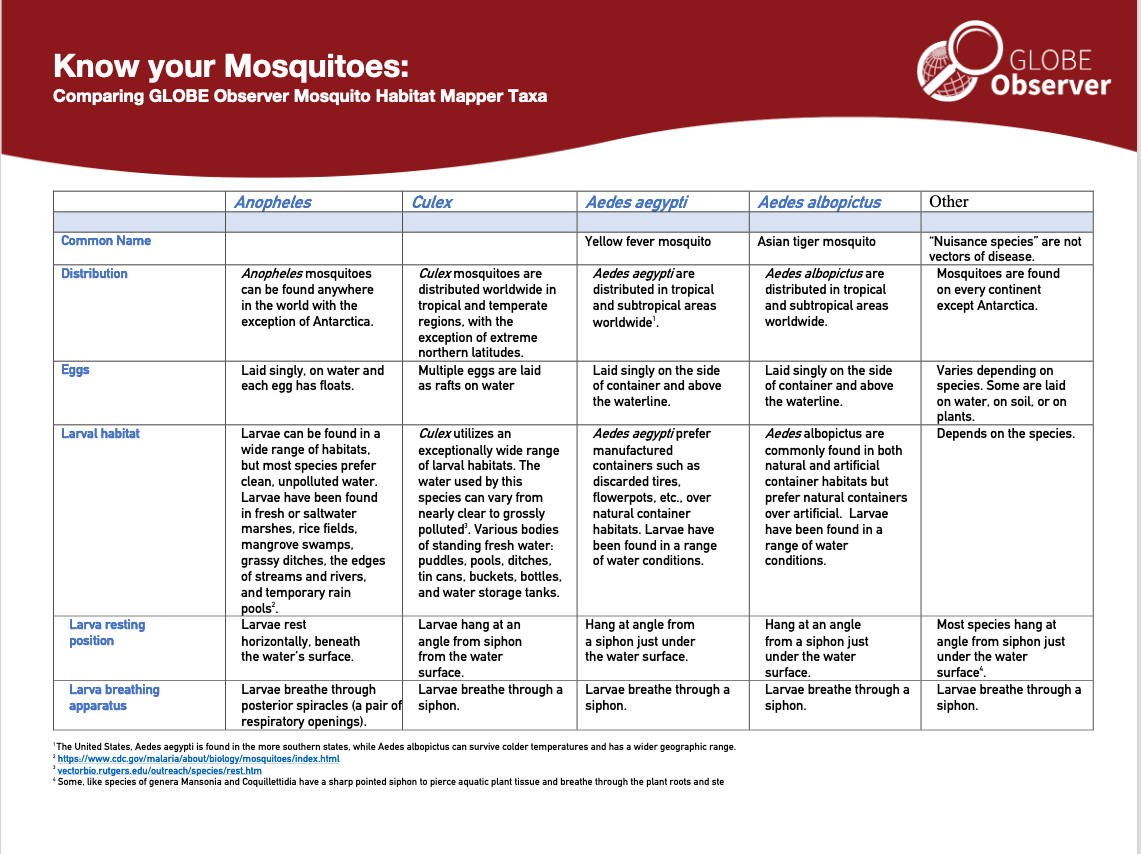
Know Your Mosquitoes
Comparative guide to the types of mosquitoes from the GLOBE Observer Mosquito Habitat Mapper.
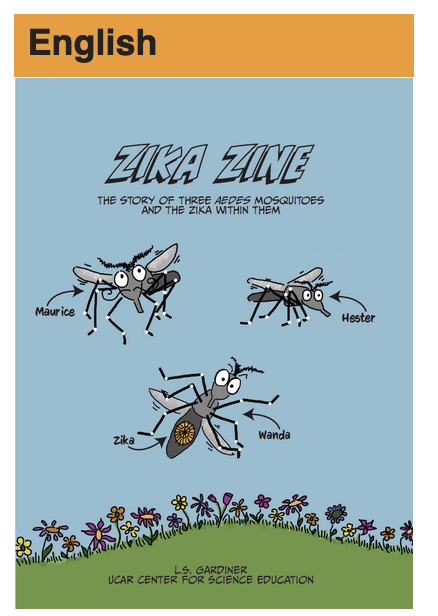
Zika Zine
The fictional mosquitoes in the Zika Zine do the same sorts of things as real Aedes mosquitoes, which carry the Zika virus. Read the Zine, learn how Aedes mosquitoes live, and you’ll discover how to reduce the number of places where mosquitoes can survive.
After you’ve read the Zika Zine, download the coloring pages, How to Draw Wanda in 9 Easy Steps, and Make Your Own Zika Zine Comic by creating your own mosquito pictures and stories.

Infographic Step-by-step
A step-by-step infographic on the use of the GLOBE Observer Mosquito Habitat Mapper tool.
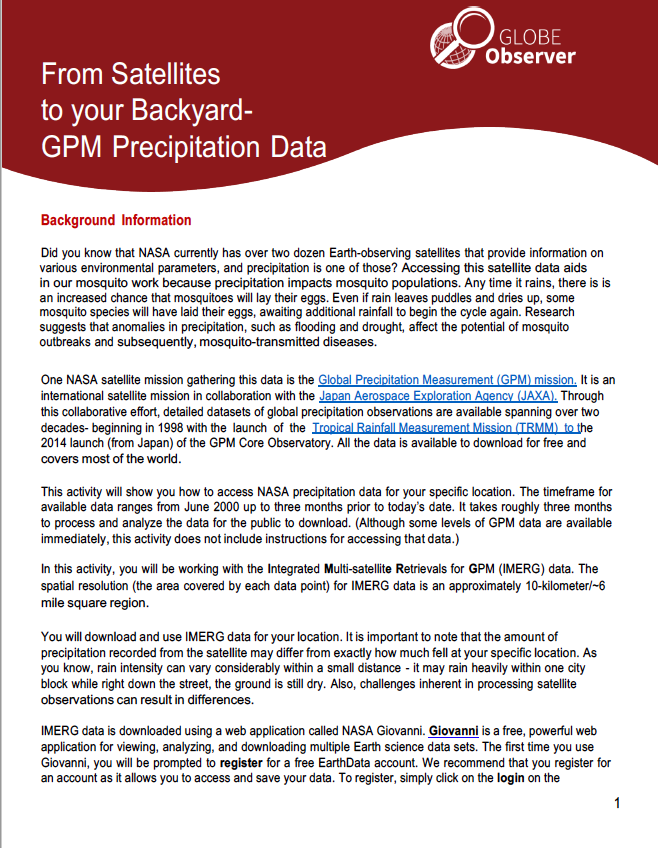
From Satellites to your Backyard-GPM Precipitation Data
Did you know that NASA currently has over two dozen Earth-observing satellites that provide information on various environmental parameters, and precipitation is one of those?
Accessing this satellite data aids in our mosquito work because precipitation impacts mosquito populations.
This activity will show you how to access NASA precipitation data for your specific location.
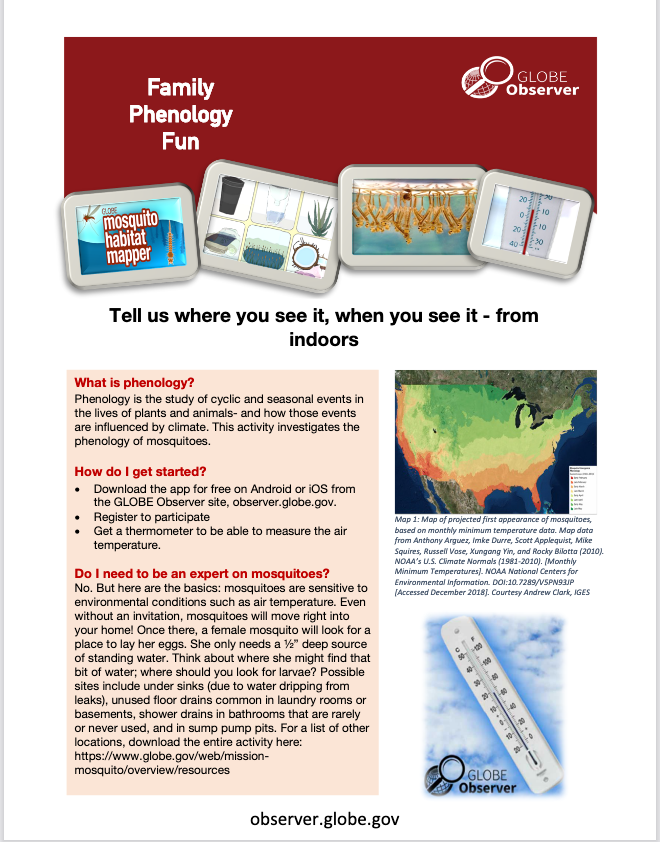
Family Phenology Fun!
Phenology is the study of cyclic and seasonal events in the lives of plants and animals and how those events are influenced by climate.
This activity investigates the phenology of mosquitoes.





